COLLEGE & CAREERS FALL 2022




















































 GREEN SHOOT MEDIA
GREEN SHOOT MEDIA
Somewhere in the big pile of paperwork that you filled out when you started school was a

Federal Student Aid form.
ple, such as military families, people from a certain religion, women, graduate students and more. If you can think of a way to group people, there’s probably a scholarship for it. No matter your income or grades, if you fit into that group, you are eligible for the

scholarship.
But there’s a lot more out there that the FAFSA might miss. And it’s important because scholarships are a gift

merit-based, meaning that the group or person giving these scholarships.



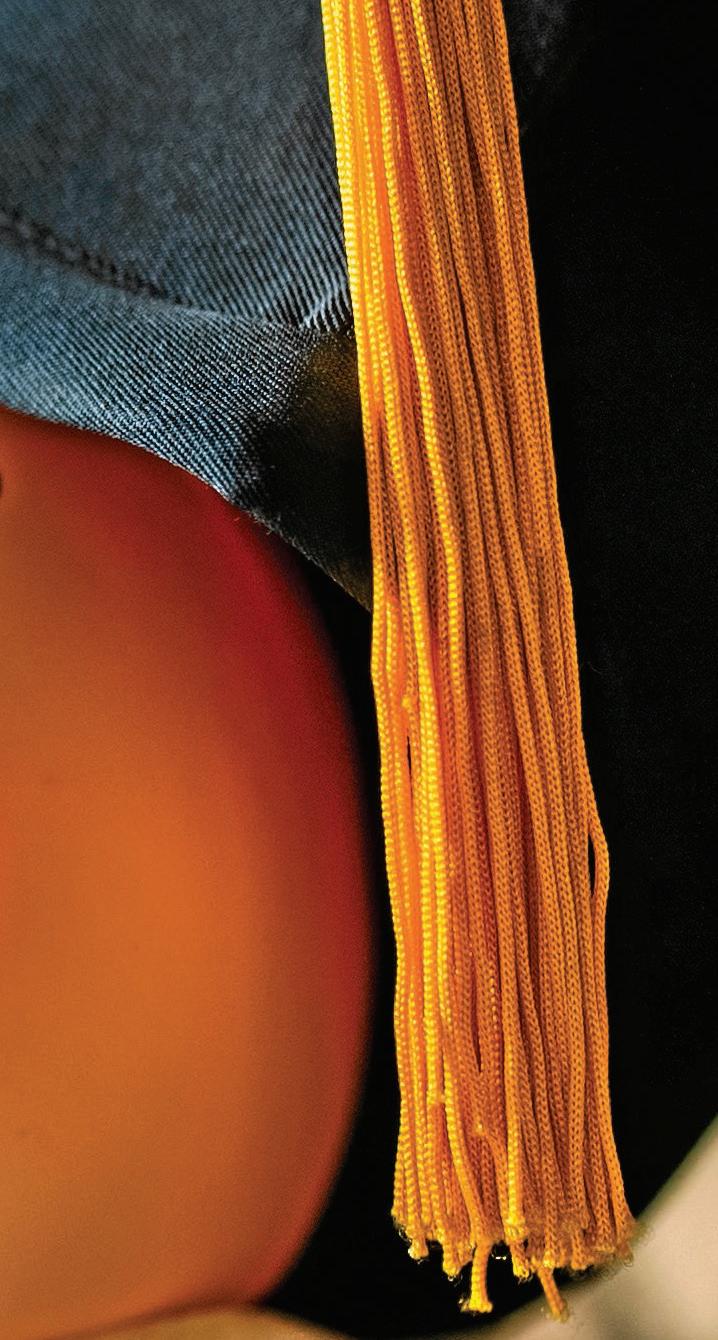
ships targets groups of peo-
That depends on the award and the people giving it. Some scholarships only cover room and board in certain dorms, for instance, or may only apply during one semester. Other gifts span the whole time you’re in school but may only cover tuition, not fees or room and board. All of them are worth your time and energy, because that’s money you won’t have to

Contact your school’s financial aid o ce, and ask about scholarships you can apply for. They probably have a comprehensive list. You can also check at the public library, your high school counselor, federal agencies, your parents’ employers, with your town’s government or online. Be careful; some scholarship sites look real but are just ways to get your information for nefarious purposes.








 GREEN SHOOT MEDIA
GREEN SHOOT MEDIA





About a third of college students will change their major sometime during their college careers, the U.S. Department of Education says, and about 1 in 10 will change majors more than once.


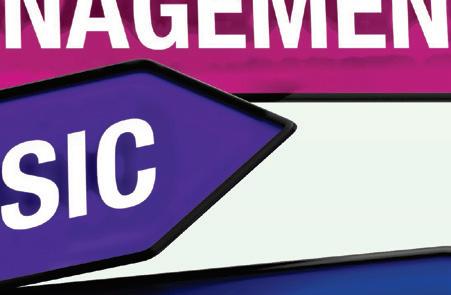

Students who frequently change majors risk losing valuable class credits and time as they move from program to program, so it’s important to make as few changes as possible once you get started.


Your major determines much more than what career you may tackle after you graduate. Many students join clubs related to their major and take the same classes with the same people throughout their academic career, leading to lifelong friendships. Make sure that your major aligns with your passion and values, because it’s going to be a big part of your life for the next four or even more years.







When you’re looking at colleges, also consider how the majors you’re thinking about are taught there. Some colleges have a better reputation than others in certain subject areas, and that can lead to more opportunities down the road. You should also know if your chosen major will require more education, such as a graduate or even postgraduate degree for you to be successful. It may also help if you declare your major on college applications so that recruiters get a full picture of what you bring to an incoming class.








In addition to choosing a major, you’ll need to pick a minor, too, and you should be careful to choose one that reinforces skills across disciplines and prepares you to work in more than one industry. Micah Sadigh, a psychology professor, told U.S. News & World Report that he considers a minor “an interdisciplinary link” that expands how you think not only academically but also about life and creativity.































You should definitely consider what people in your major make after college, but don’t fixate on that. Graduates may take the skills they learned and put them to work in di erent, better-paying industries. Make sure that your first job out of school is one where you can learn and grow, not just get paid well. In the long run, what you’ve learned may count for a lot more than what you’ve earned.










Leaving home for the first time to go to college is a huge milestone that comes with new responsibilities, such as managing your own money.
College is a good time to learn how to budget, especially if you’re living in the dorms and using the meal plan, which takes care of two of your biggest expenses.


Your credit score may be even more important than your GPA once you graduate. It’s a number that tells lenders how likely you are to pay back a loan. The higher the number, the better. Everyone from banks to landlords to potential employers will pull your credit, so it’s





great habit that will serve you well in the real world. If you learn this while your life is still relatively simple, it’s easier to manage when things get complicated by homes, investments, marriage and children.
In that budget, make sure you plan for emergencies. If you have a car, plan to set aside money for repairs and maintenance. Have a pet? Plan for illnesses, prescriptions and veterinary visits. There’s no set number you need to save, but you should have some set aside in case the worst happens. Just knowing it’s there will relieve some stress.
needs, and track how you’re doing every month. There
If you save up enough, you can learn how to invest it and let it earn money for you. Look at tax-free accounts, such as IRAs. Avoid using alternative investments and financial-adviser apps, and stick with the tried-and-true. You don’t have much of a nest egg, and it’s important to keep it safe. Notice how the markets and fees a ect your investments, and remember that this is a good time to try new things, cautiously.







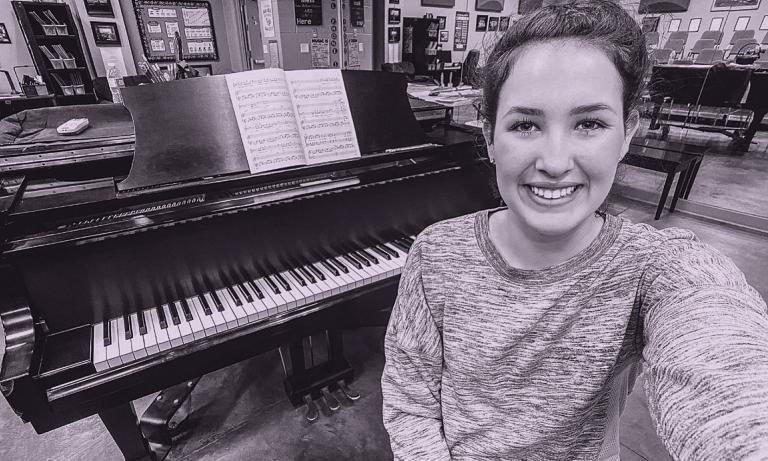
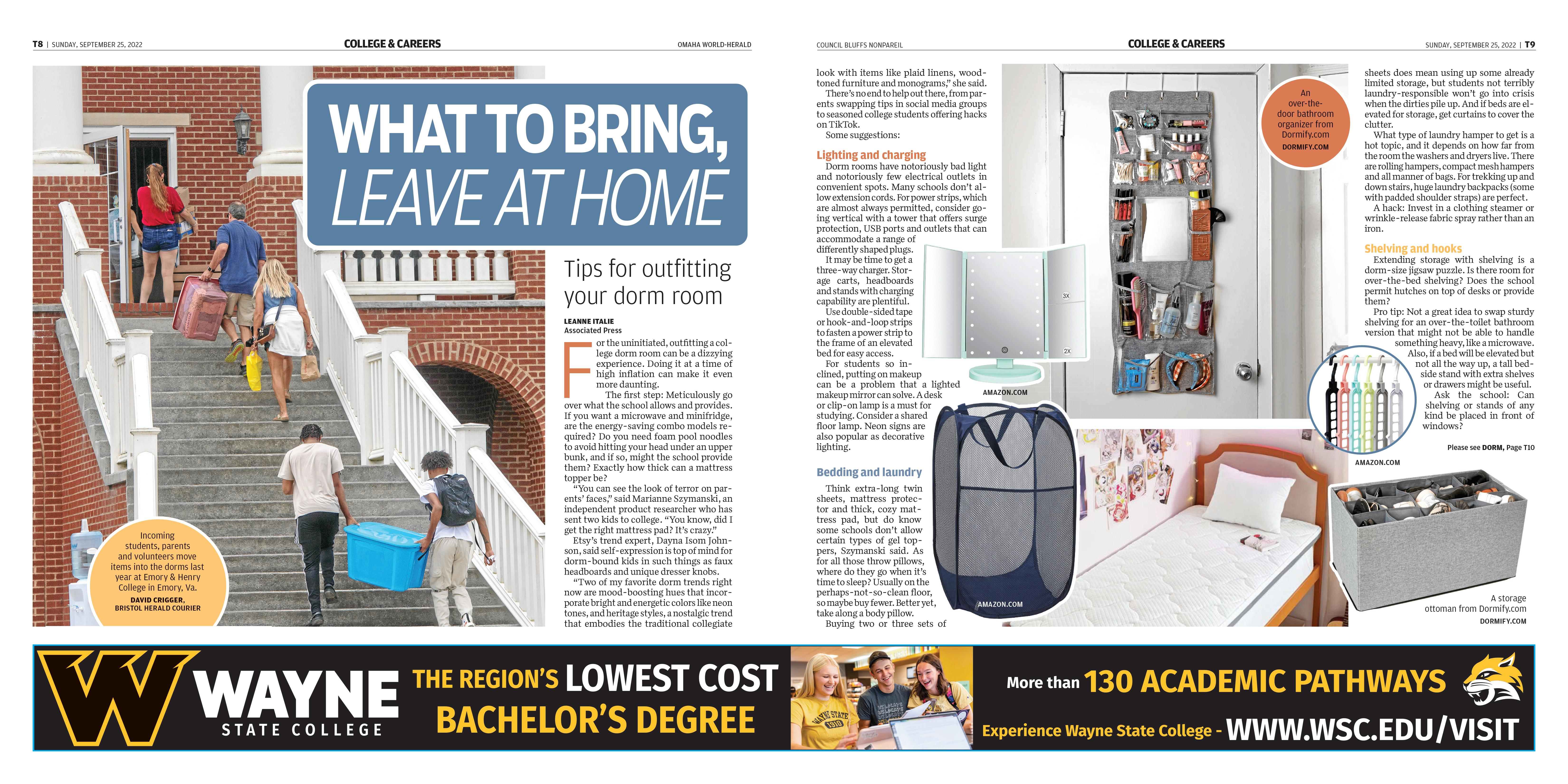

And remember those locker shelves from high school? Use them to extend space in a nightstand or desk.
Those Command stick-on hooks? Bring oh so many, along with the removable poster strips made not to damage walls. Also pick up a couple of over-the-door hangers for bags, coats, robes and hoodies.
For the closet, consider sturdy vertical hanger extenders and hanging shoe and clothing storage. Yes, such storage takes up space and adds weight. Can an extra rod be installed?
Storage cubes can triple as seating and step stool, as opposed to a decorative pouf that is simply pretty and comfy.
Under-bed or in-closet storage drawers are essential, along with extra baskets, or at least a bowl for random, easily lost smaller items. Medium plastic baskets for scarves, socks and the like can be used on the top closet shelf.

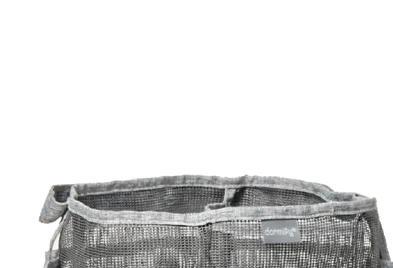
Vacuum cleaners are often available, but they’re usually heavy and must be lugged back and forth. Szymanski has a hack for that. Not your run-of-the-mill portable vacuum but an ultramini handheld and batteryoperated version called the Ayla. It’s tube-like and just 11 inches tall.
Some students recommend a duster with cling power, along with a dehumidifier or air purifier.







Portable fans are tiny but mighty. Woozoo, a cult favorite, makes oscillating and remotecontrolled versions.

Another Szymanski hack: a roll of Rakot75 towels for cleaning. They’re 100% bamboo and come in a 75-count roll, and each sheet can be reused up to six months. Just rinse and reuse.


Don’t forget small trash cans for the bathroom and sleeping area, after coordinating with roommates, of course, on this and other shared items.
Style is everything for some dorm dwellers. “People really take pride and they really strive for a sophisticated, grown-up space,”
said Adar Kirkham, a DIY designer and star of the new digital series “Freestyled” on HGTV.com. “It’s now considered cool to decorate your room.”
The pros are mixed on whether removable, peel-and-stick wallpaper is a good idea. Some schools may not allow it, and it might not adhere to textured walls. Kirkham suggests using it to decorate desk drawers or other storage units.
Some kids bring along decorative mirors to hang, rather than the usual all-body vertical kind, or they hang strings of twinkle lights.
The site Dormify.com is full of design inspiration and products. This year’s freshmen are more confident than last year’s about personalizing their dorm room, said Amanda Zuckerman, Dormify’s co-founder and CEO.
“More saturation and color is really popular, so bringing in bright pink, bright orange, bright green and turquoise,” she said.













According to Pinterest, searches are up for hippy and preppy dorm styles.


“People are increasingly searching for things like funky mirror ideas, which have tripled since last year. Indoor plant styling is also on the rise. Searching for preppy dorm room has increased 80%. Pink and blue are some really strong colors for that preppy aesthetic,” said Pinterest’s data insights lead Swasti Sarna.

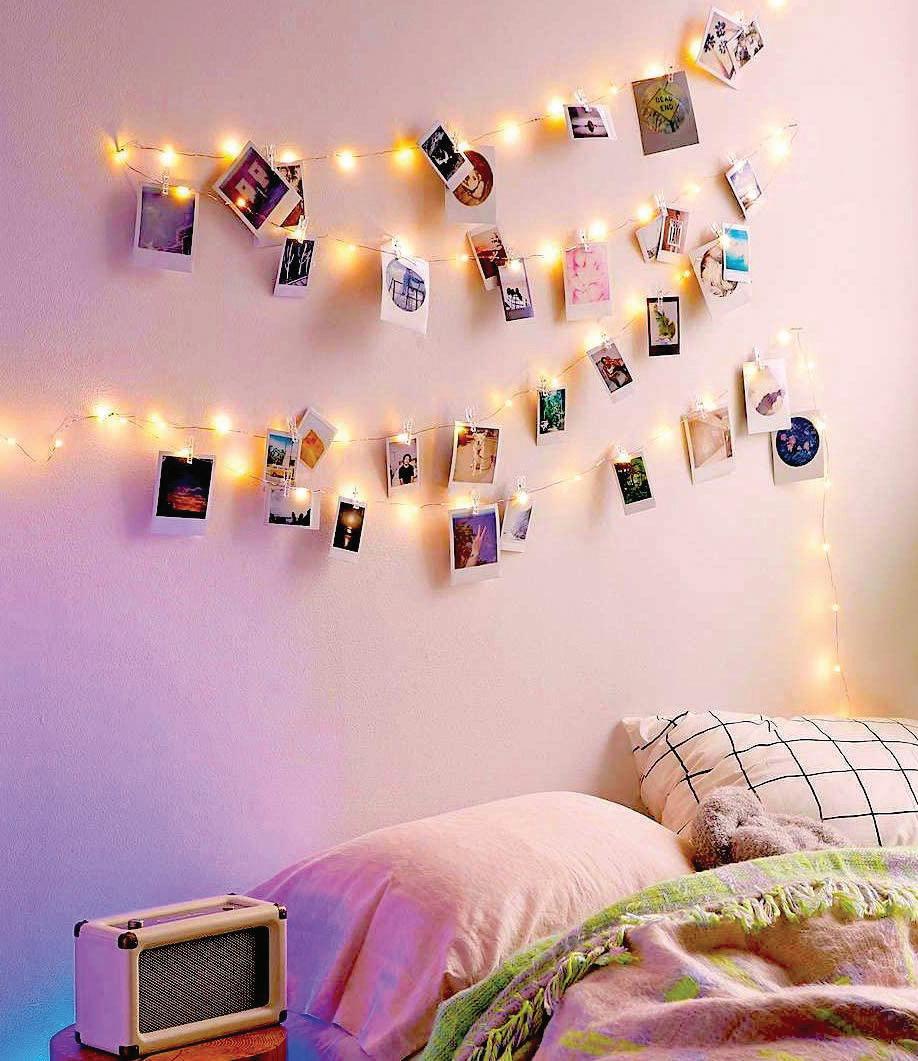
Consider getting some scented Steripod toothbrush protectors. Dorms are dusty. Bathrooms get gross. Toothbrushes







might have to be toted around. It should be changed every three months.
Bathrooms are often shared, and stuff gets mixed up. An organizer is essential.
Pro tip from the trenches: Use an over-the-door organizer for bathroom stuff. Dormify sells one with a small face mirror built in.
Kirkham suggests a rolling bathroom caddy with just the essentials for quick trips in and out.

Minifridge tip: If allowed leeway on what kind to use, pick one with a separate freezer compartment. It might just guard against freezing food below. Some kids forgo the freezer completely to get more fridge space.
Kirkham suggests a minifridge stand that elevates the unit and includes additional storage.
“Everything in a dorm room has
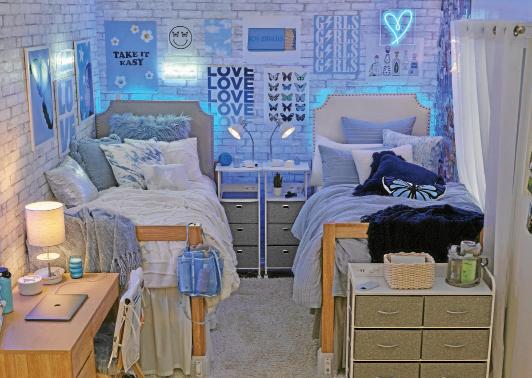
to have multiple functions,” she said.
A small, portable, batteryoperated blender could be useful. It doesn’t take up a lot of space, and it helps students eat healthy options stored in room fridges. Szymanski likes the Blendi.

A tool kit comes in handy, as does a first-aid kit. To help elevate a bed, Szymanski said, bring along a rubber mallet.
And rather than a bedside canvas caddy, try an attachable bunk bed tray table. It can hold a drink, a phone and more.
Last but not least: a permanent marker good for labeling fabric as well as plastic.
On Sept 13, 1882, the formal opening of Hasting s College took place at a chapel ser vice in the Fir st Presby terian C hurch of Hasting s.
The college convened its fir st classes that day, with 44 students climbing the stair s to six rented rooms on the second floor of a building in downtown Hasting s. The fir st year was under way
C lasses were held at that location for t wo year s, as the transformation of prairie to college campus was under way with the construction of McCormick Hall, which still stands today, and the planting of thousands of trees by the citizens of Hasting s in suppor t of the transformation.
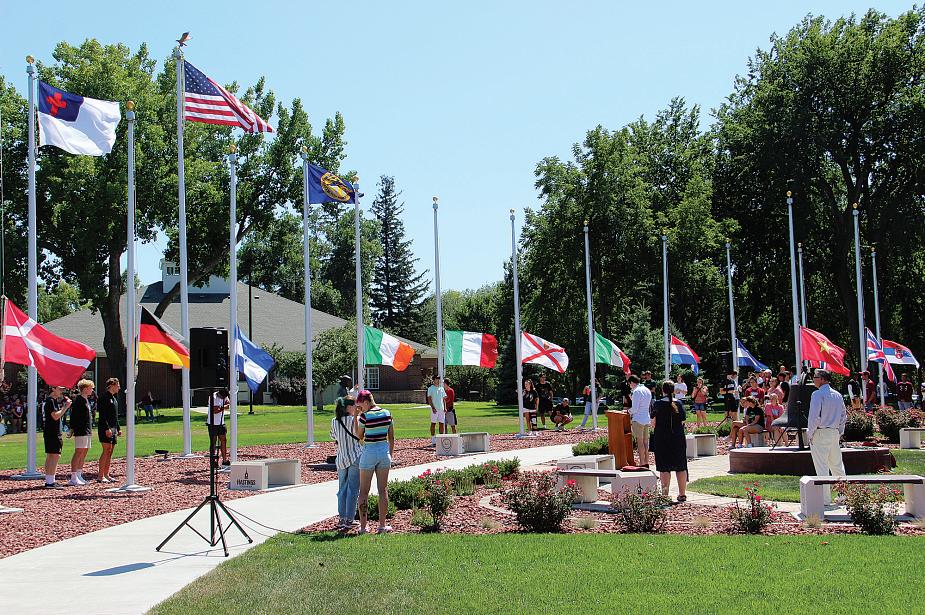
“It’s now 140 year s later, and we’re blessed to continue the dreams of those early founder s, to walk the campus they built , and thank the generations of communit y member s, students, facult y, staff and alumni who have suppor ted this exceptional place all these year s,” said Dr Rich Lloyd, executive president of Hasting s College
C lasses for the 140th year of Hasting s College began in August With residence halls near capacit y, the energ y on campus was similar to the fall of 2019, the pre-pandemic fall when the college embarked on a bold path
of launching a block-st yle semester schedule and providing iPads, textbooks and a travel experience for all students.
During the August block this year, 75 students went on their EXPL travel cour se, with more than 50 of those traveling internationally
Students on international EXPL cour ses traveled to Peru, Scotland and Serbia, while those in domestic EXPL classes explored national parks in Colorado and Utah and traveled across several states to study the histor y of the Civil Rights Movement in America. More students are scheduled to travel this fall to Ireland, and then in March to Honduras, Japan, Spain and France
These facult y-led, intentional travel experiences encourage individual grow th and global awareness, and are a required component of the Hasting s College curriculum.
EXPL cour ses are t ypically offered during t woweek blocks, which are in August and March, and are provided at no additional cost to students.
“It is an exciting time at Hasting s College, with students traveling again, athletic and fine ar ts events in full swing and a campus and classrooms full of amazing students,” Lloyd said. “It’s a great day to be a Bronco.”
For more about Hasting s College, go to hasting s.edu
Hastings
celebrates 140 years of helping students find their future















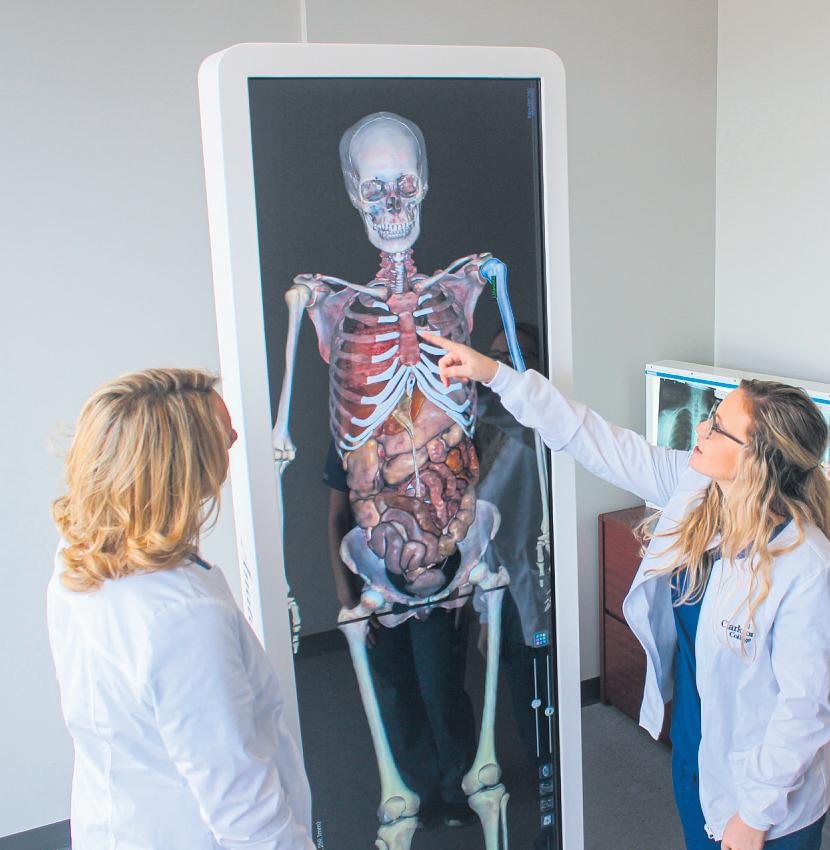












 GREEN SHOOT MEDIA
GREEN SHOOT MEDIA







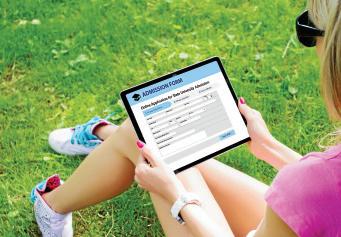
There’s an old axiom that no one hires you based on your high school algebra grade. And that may be true, but colleges do look at those things when they’re deciding to admit you. Get the best possible grades you can all four years of high school. Challenge yourself by taking tough courses, such as honors classes,






You want the highest score you can get on the ACT and SAT, so take the test as many times as you can. Take the PSAT during your sophomore year, and take advantage of free SAT and ACT study materials, study guides, practice tests and prep courses before taking the tests your junior and senior year. Take both the SAT and the ACT, and leave yourself time to take them more than once. You should also take SAT Subject Tests and AP tests.
Don’t leave your admissions essay until the last minute. Think carefully about the topic, and reflect on it before you write. Edit, rewrite, edit again. Convey who you are in your writing, and make yourself stand out from the crowd. Ask for feedback from your teachers, counselors and other trusted adults.


Colleges like to see active, engaged students. One way you can show that is through community involvement. Show that you were active in extracurricular and co-curricular activities during all four
years of high school and during summer vacations. Volunteer, participate in sports, take on leadership roles. You should demonstrate growth in your journey and develop talent in more than one area.
You should start your college search early, no later than the start of your junior year. Research the schools you are interested in, complete applications, write essays, and make sure you have time to take all the necessary exams.
Ask for help from your school counselor and teachers. Don’t be afraid to ask questions, even if they seem simple.
Here are some tips for getting into the school of your choice:Advanced Placement courses and International Baccalaureate classes. ADOBE STOCK
How can you tell the other person that you would appreciate some

with living with someone who’s not a family
Roommates are great in that they costs, especially if you’re renting an apartment, but they take some your abode. You and your roomAnother potential pothole over, especially significant

Should you set a lights-out time? Once you’ve hashed out some rules, write them down and sign them. It may seem juvenile, but it will help keep you both accountable. This agreement can serve as a starting point if further discussions are needed.


do it the right way. If you have a problem with your roommate, set up a time to feel ambushed and there’s less of a chance of them misconstruing what



you say in a text or on social media. Once you have their attention, focus on one problem at a time, and be ready with suggestions of how to solve the problem. Talk about the behavior, not the person. Instead of: “It’s rude of you to use all of the hot water in the morning in your threehour shower,” try “I don’t have any hot water for my morning shower. Can you try showering at a di erent time or setting a timer to save water?” Your roommate may not even realize how their behavior a ects you.
becomes a problem. Divvy


that they’re deliberately out to annoy you with their behavior
how you would
if the roles were reversed.
If you’ve graduated from the dorms, it’s time to look for your first apartment.

Start looking as early as you can to get the best rent, amenities and location. Keep reading for more tips on looking for your first college apartment.

The first step to finding an apartment is to figure out what you can afford. Plan to spend 30% to 40% of your budget on rent, then work backward. You’ll need to figure in about 18% of your budget for utilities, 14% for food and up to 15% on transportation, depending on how far you live from campus. Entertainment and health care should account for 9% of your budget, and you should also plan to save for a
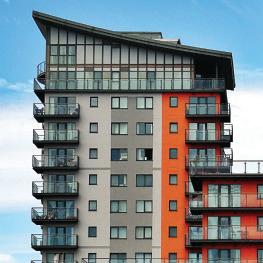

rainy day. You’ll also need to put down the first and last months’ rent, most likely, as well as a security deposit, a pet deposit and holding fees.
Visit at least three apartments, even if you like the first one you see. That unit may be rented to someone else, or you may find that one didn’t present as well on paper as it does in person. Make a checklist of what to look for, such as paid utility costs, pools, highspeed internet, natural lighting and more. Also consider how the complex is managed. Look for telltale signs of mismanagement, including burnt-out lights, peeling paint and absent security.
Once you’ve found a home, be ready
to put down a deposit as soon as you can. First-time renters may need to have a co-signer, so be prepared to have someone else with strong credit at the ready to help you out. And before you put down the deposit and sign the lease, make sure you read and understand it, including when the rent is due, the amount of the secu rity deposit and how maintenance issues are handled.
You may also need your Social Security card, bank statements, pay stubs and any rental information you may have. In competitive markets, you may even be asked for personal references.

